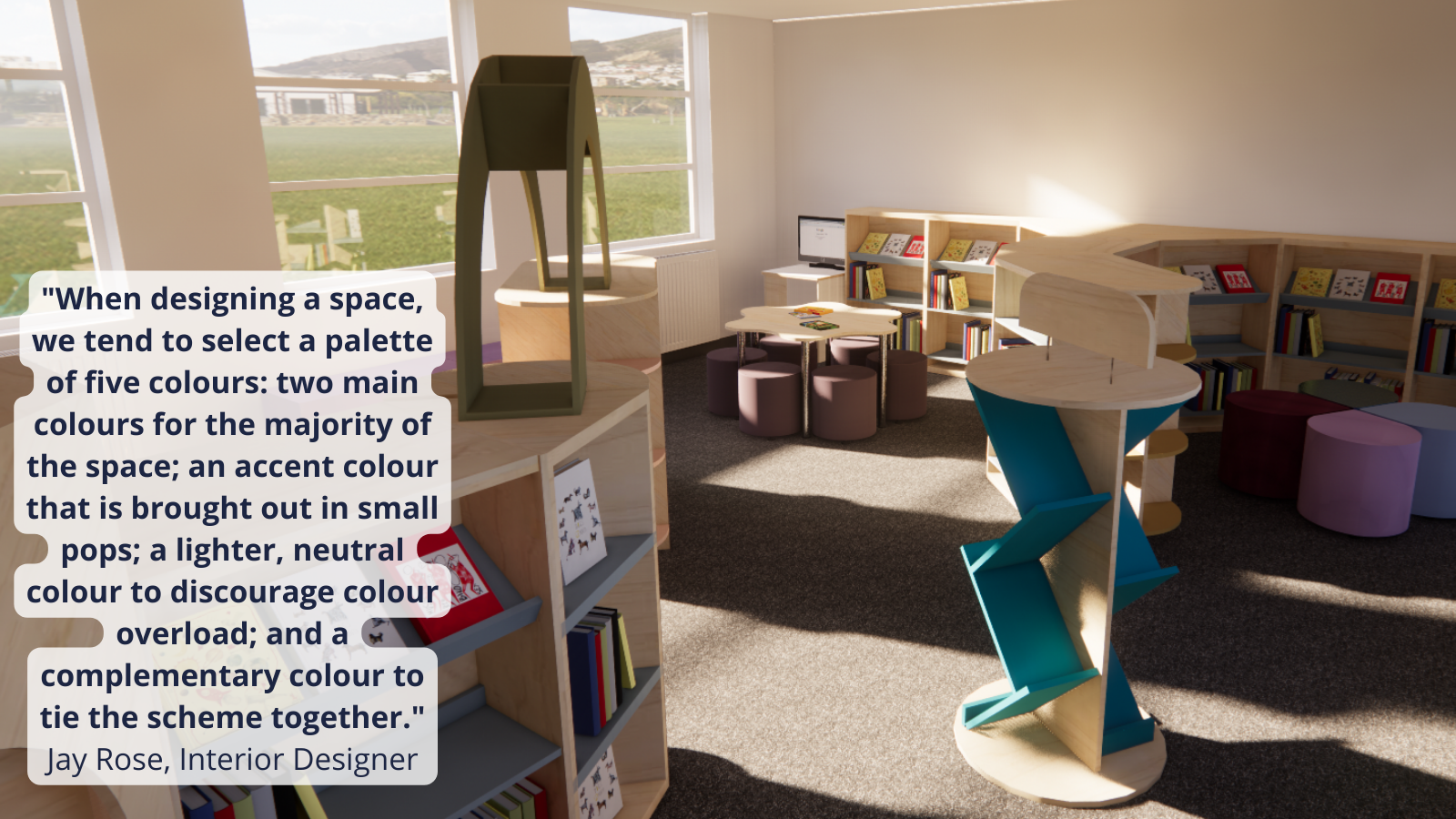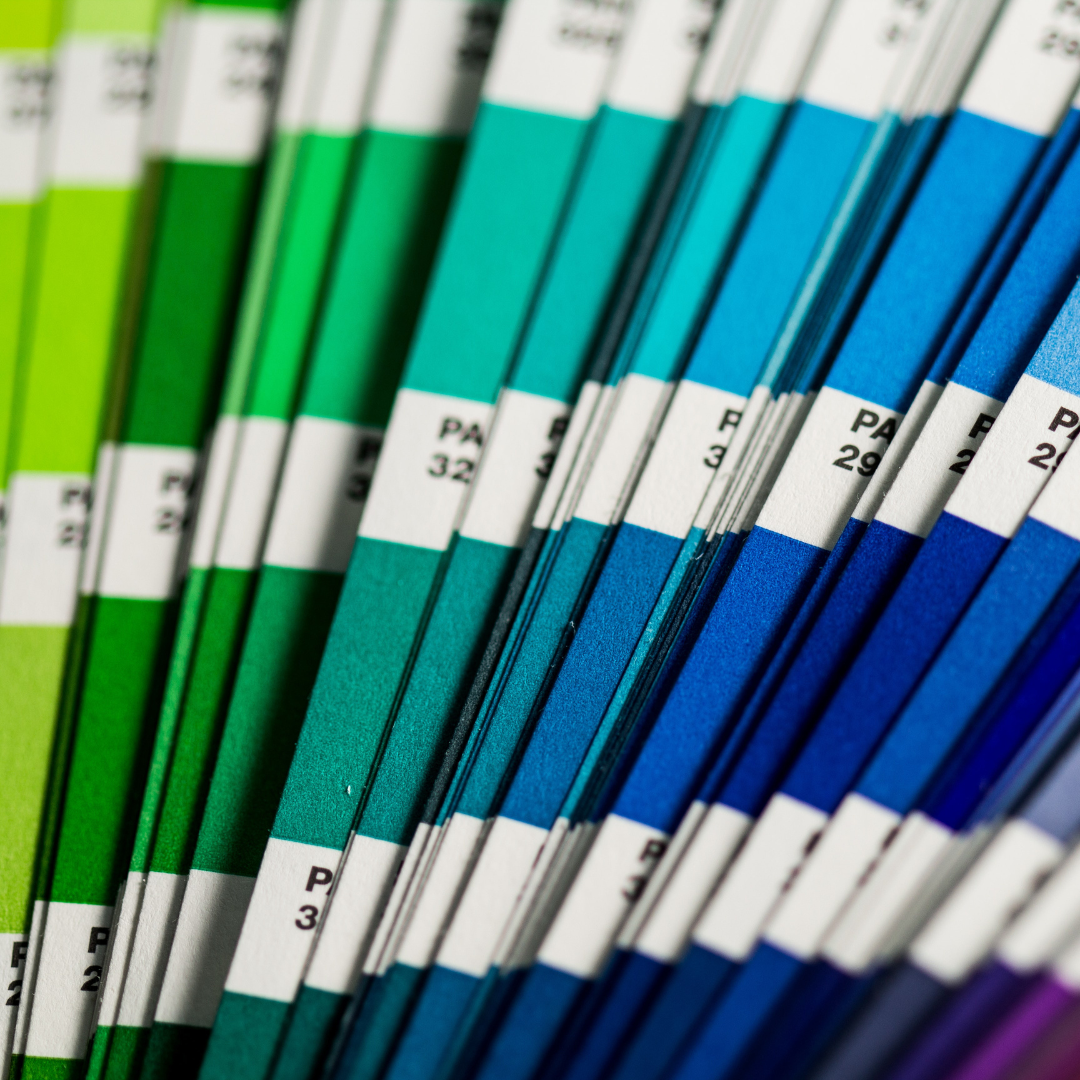For help, advice and telephone ordering call our team on 0121 666 6646
Are you sure you wish to delete this basket?()
This action cannot be undone.
Sorry, something went wrong
Please report the problem here.
How to use colour psychology in your library: our designer reveals the science!
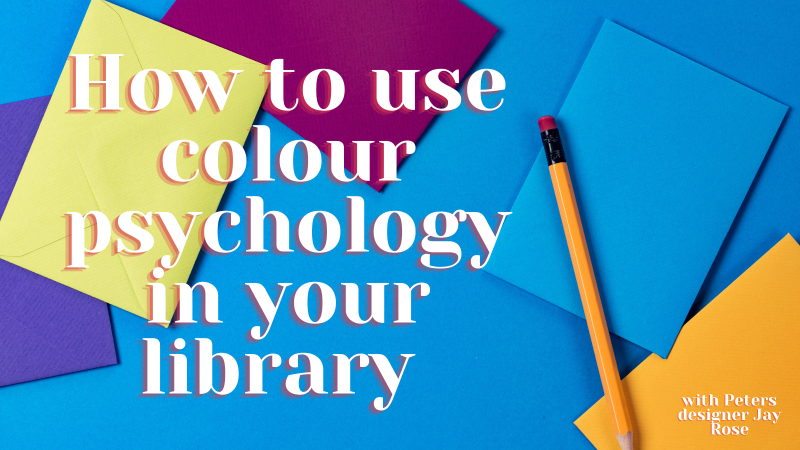
February 27th 2023
 |
Meet our interior designer! Jay Rose After graduating with a degree in product design engineering, Jay worked as an interior designer at IKEA. His interests include biophilic design and colour, and his favourite designer is Axel Vervoordt. Jay is passionate about creating designs that are not just about form and function, but feelings too. He designs library spaces that consider wellbeing and mental health while encouraging children to venture inside to pick up a book. |
Our Instagram and Twitter feeds are full of the latest classroom décor trends, from monochromatic book displays to pastel reading nooks. Not just pleasing on the eye, stylish colour schemes have also been scientifically proven to have emotional and behavioural benefits for children. As someone who works closely with teachers to create effective libraries and reading areas, our interior designer, Jay, has a particular interest in colour psychology, and was only too happy to share the expert tips that you can implement in your own library or classroom.
What is colour psychology?
Colour psychology mixes science and art to communicate meaning through colours. It has long been explored by physicians and psychologists, including Hippocrates and Carl Jung. In addition to evoking personal reactions, colour serves as a language to unite people and communities. This can particularly apply to young children who are not yet able to read or write, and who instead rely on visual information to make their way in the world.
“The impact of colour is something that can often be overlooked," says Jay. "Colour is all around us, but have you ever stopped to think about why you chose a certain colour or how it makes you feel? It’s important to have a balance of colours that are used correctly and in the right settings. Each colour can bring amazing benefits to your space, it’s just about knowing how and where to use them.”
The benefits of colour
A 2006 study in the College Student Journal showed that certain colours can increase learning productivity by up to 10%, while research with Alzheimer's patients indicates that colour cues can improve memory. The impact on neuronal functioning - including IQ, cognition, emotional regulation and motor control - can have a huge effect on academic achievement, morale and absenteeism for both pupils and staff. One of the biggest impacts is on mood, with colours shown to inspire ideas, action and a positive outlook on life and learning. Scroll down to find out more about the benefits of specific colours!
Choosing the right colours for your learning space
Whether the space should be tranquil, focused or creative, your colour choice can really make a difference. For group discussions or detailed work, bright colours can encourage mental alertness. Spaces dedicated to reading or artistic endeavours may however be more suited to softer tones. Age is also a factor: while younger children prefer bright colours, they can cause anxiety in older students, parents or teachers.
"It is important for us to assess the environment that we are injecting colour into," says Jay. "Colour choice in a library setting should be used to align emotions and behaviours with the purpose of the space. We always take into account the age group, surrounding location and type of school. School libraries are seen as an extended learning environment but there also should be elements of play, as this is equally important for the learning and development of children.
"We tend to introduce bright colours via the soft seating, including the vibrant greens, yellows and reds from our brights range. The grass, flowers, leaves and toadstool prints from our nature range are also a fantastic way to enliven a space with colour. All of our furniture is customisable, and when designing our libraries we like to create different colour combinations. For instance, with our Apto bookshelves we often use a bright or pastel shade for the shelves and a wooden finish for the main body. This creates pops of subtle colour against a wall, with the varied colours of the book spines taking centre stage.”
Using colour to support neurodiverse pupils
With around 16% of children in the UK requiring SEN or EHC support, colour psychology can also be an effective tool for supporting neurodiverse students. Colours like blue and green can help to reduce overstimulation in children with sensory difficulties caused by ADHD or autism spectrum disorders. Conversely, classrooms that are too stimulating can lead to increased disruptive behaviour amongst disabled or neurodiverse pupils, including weaker concentration, hand flapping and repeated blinking.
"One way to combat this is to consider colour wavelengths," says Jay. “If we were to design for a SEN school, we would definitely stay away from using too many long wavelength colours (like red and orange) as these could upset the children or trigger certain behaviours. Instead, we would use short wavelength colours (think pastels and blues) to focus and calm the children and create a room or area where they feel safe.”
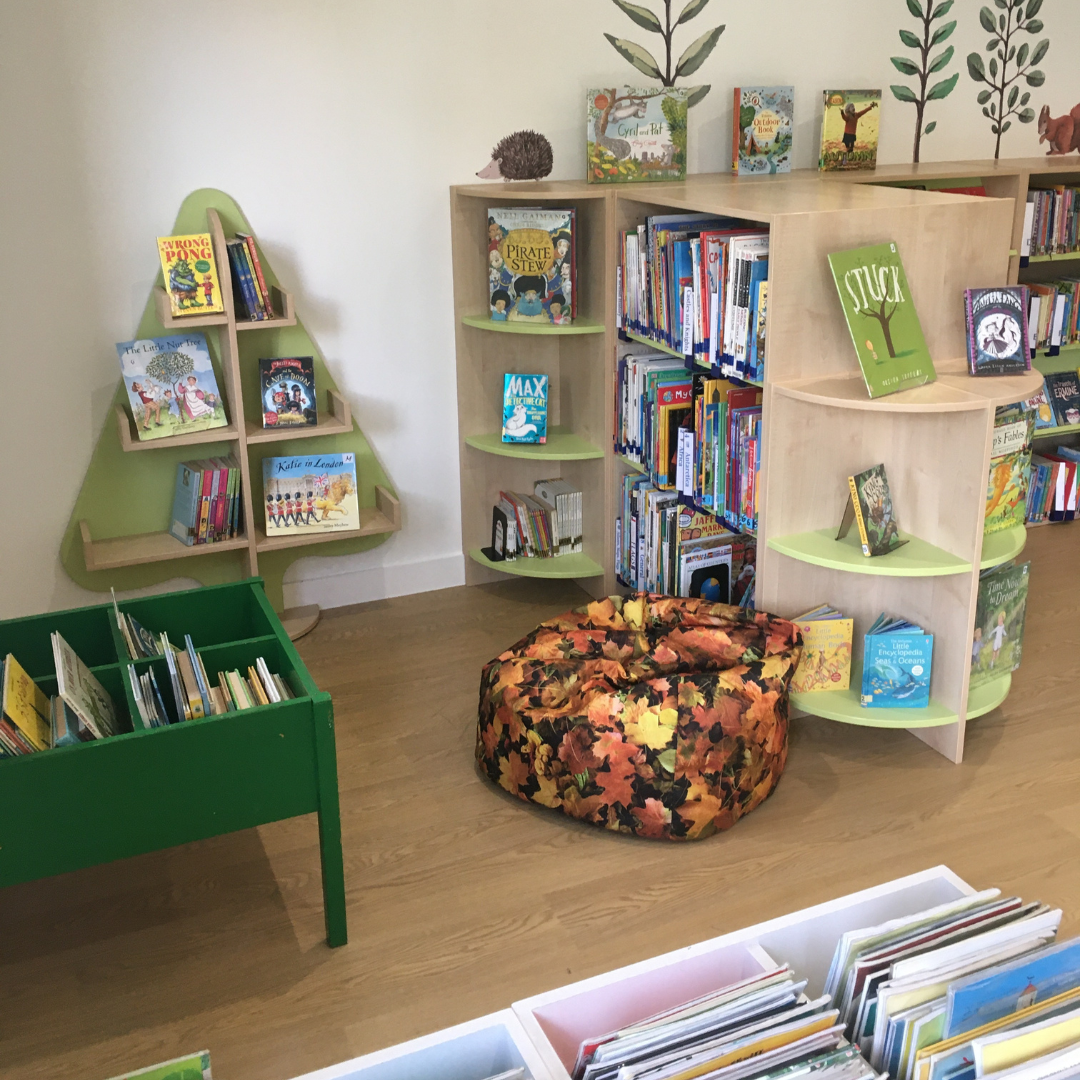
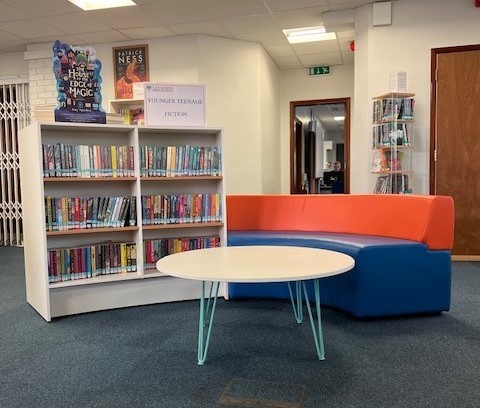
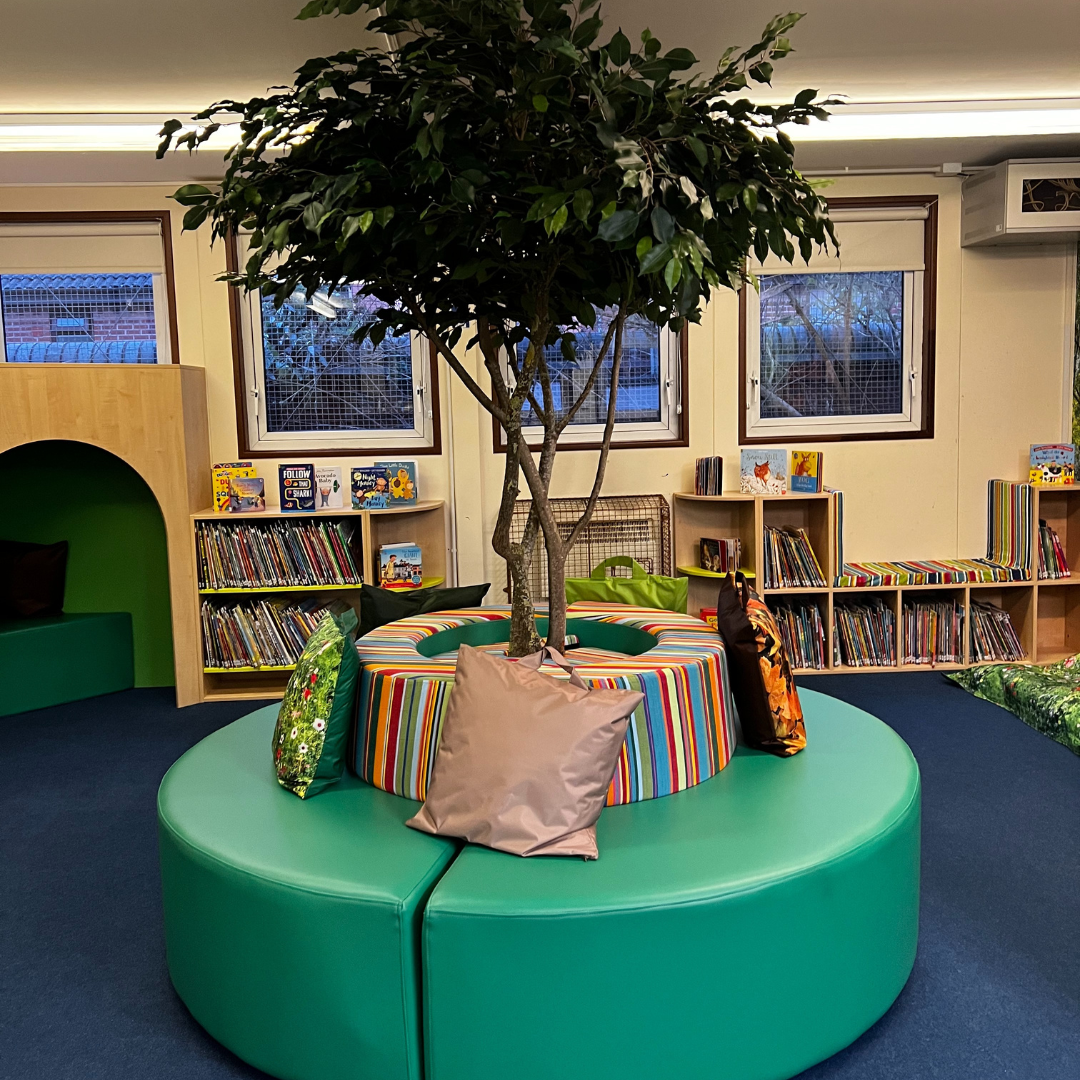
Our recent library installations at James Allen's Girls' School, Leasowes High School and Conway Primary School show the power of colour!

Cool colours
Blue is a non-threatening colour that is associated with trust, relaxation and tranquility. Connecting students to the sky, sea and ocean, it could also help us to think more creatively, with one study by the University of British Columbia finding that blue can enhance performance during a creative task. Purple combines the calmness of blue with the excitement of red, and its rarity in nature makes it feel special.
While it may have an unfair reputation for being dull, grey is both reliable and neutral. This makes it a great choice for non-confrontational areas, or as a background colour to draw children's attention to enticing book covers or seating and kinderboxes. And there are few more eye-catching colours than green! Fresh and fun, this joyful shade incorporates the energy of yellow while increasing concentration.
 |
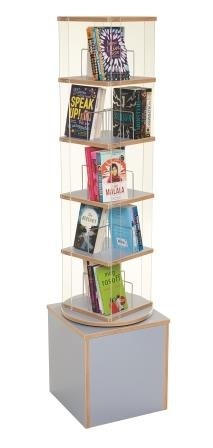 |
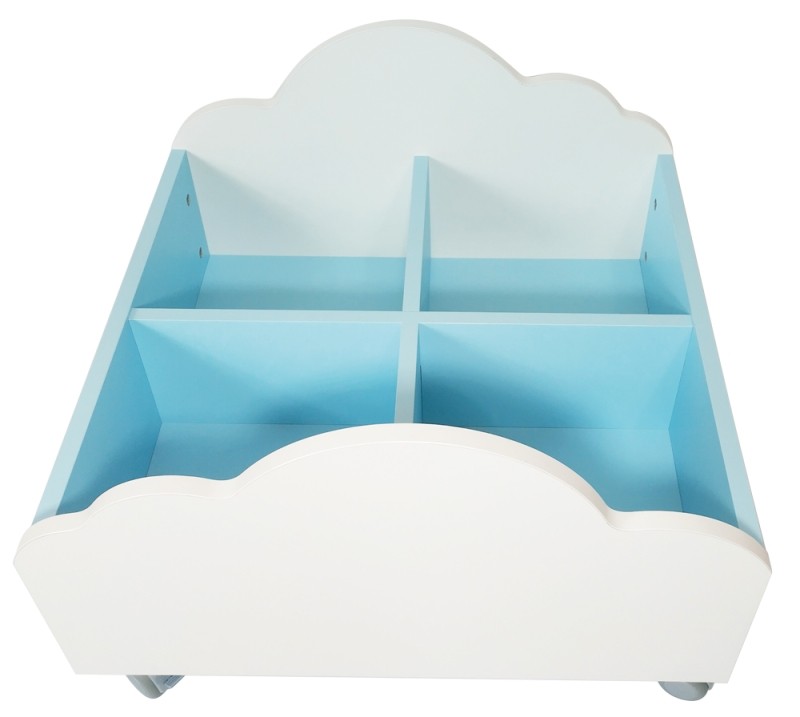 |
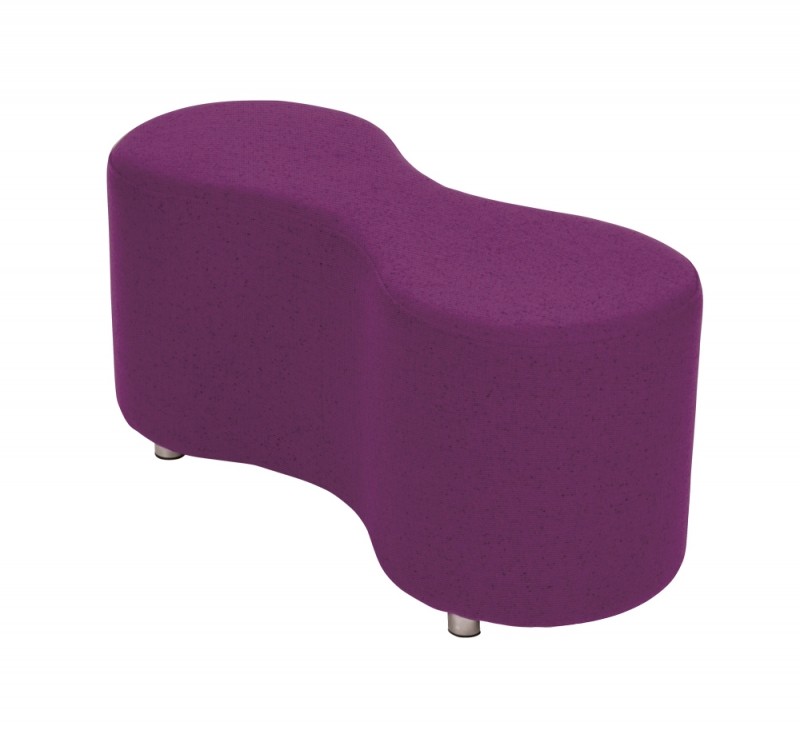 |
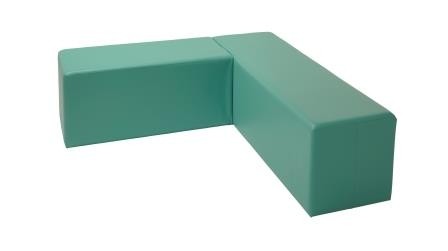 |
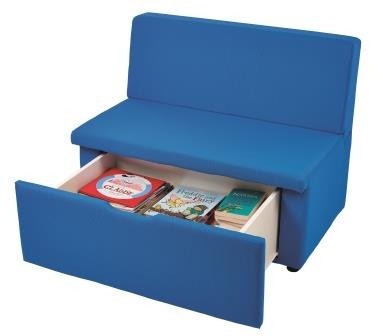 |
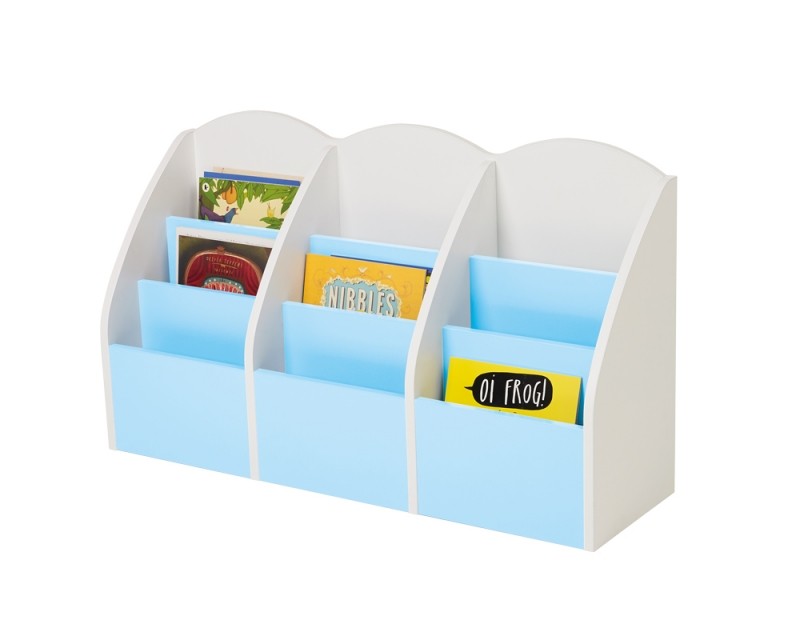 |
Warm colours
Although it is most commonly associated with warnings and danger, red is also thought to increase alertness, making it great for repetitive and detail-orientated tasks. It is the most popular colour in China, and the colour of good luck in Asia! Orange is a mood-lifting colour that can aid memory and critical thinking, while yellow embodies laughter, happiness and energy, making it ideal for promoting a positive environment. It is also thought to help with memory, analytical thinking and decision-making.
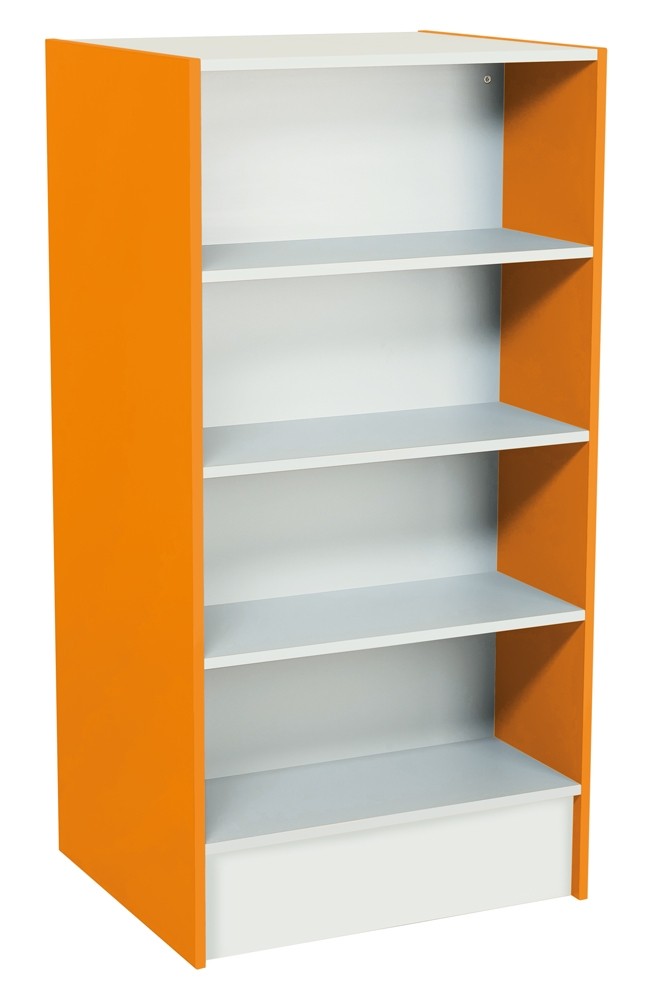 |
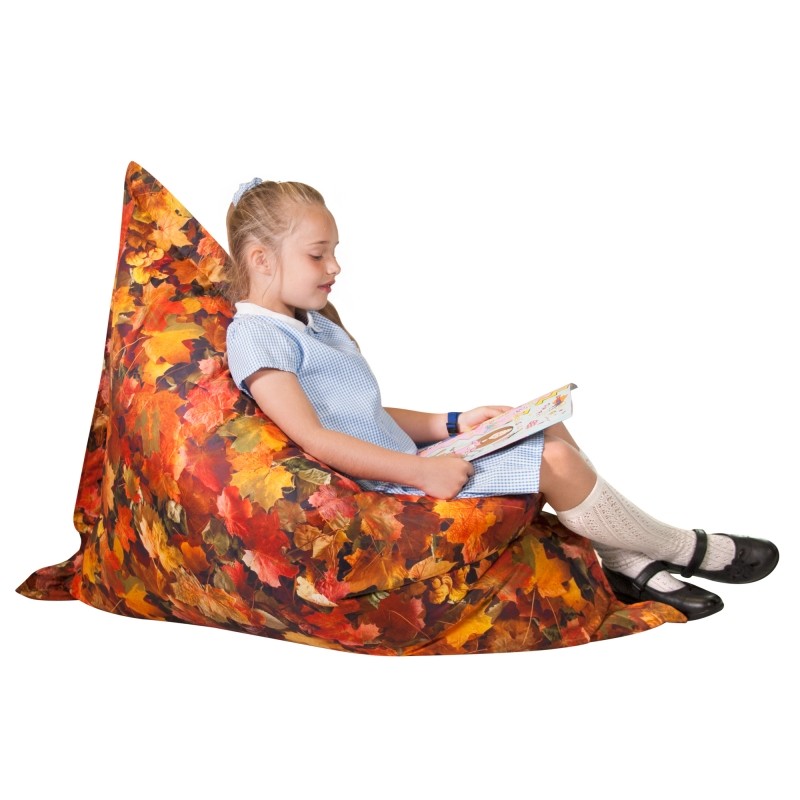 |
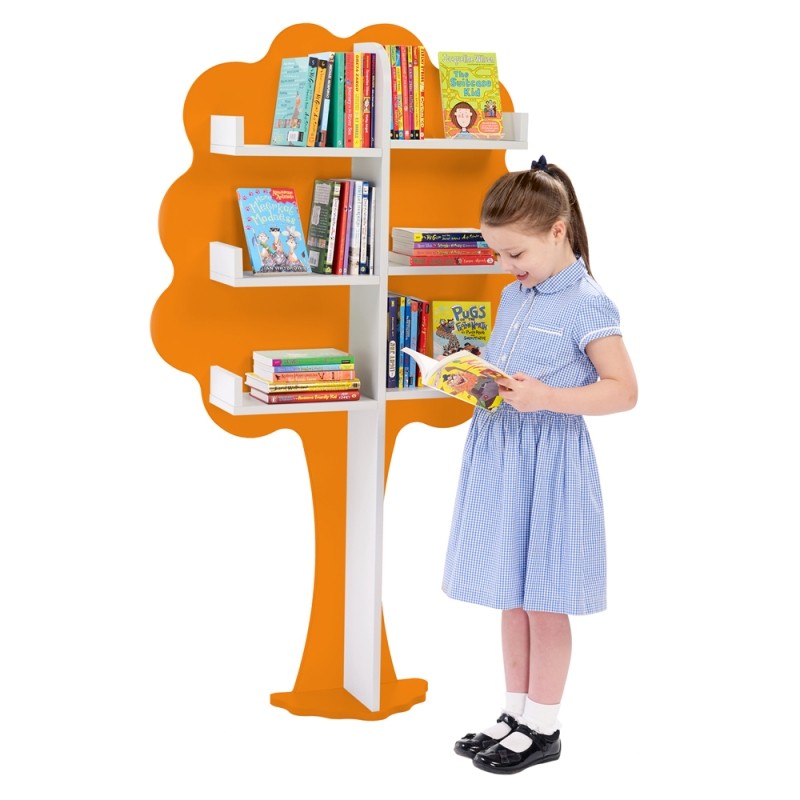 |
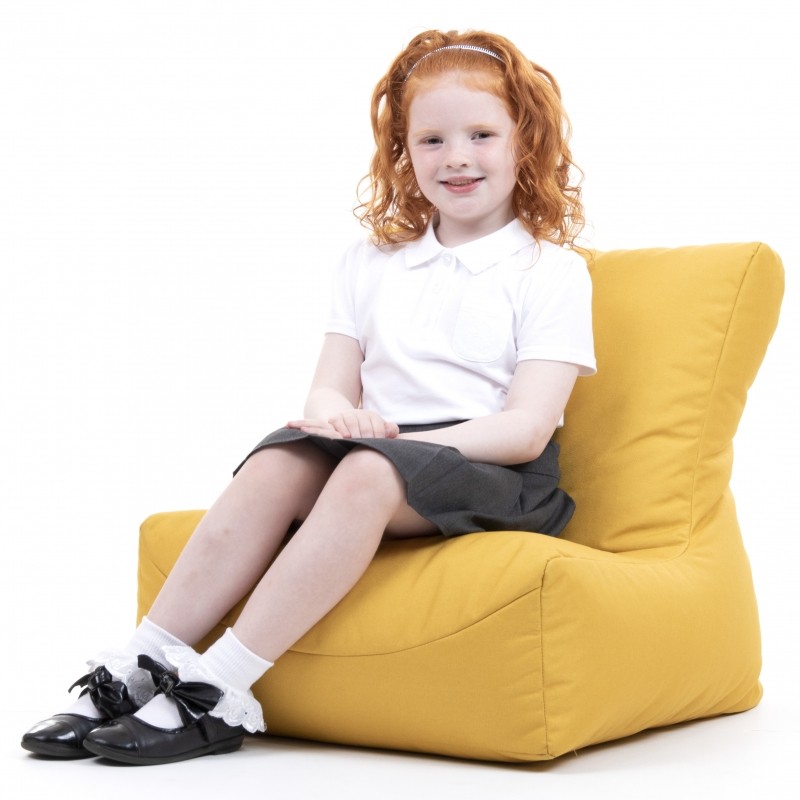 |
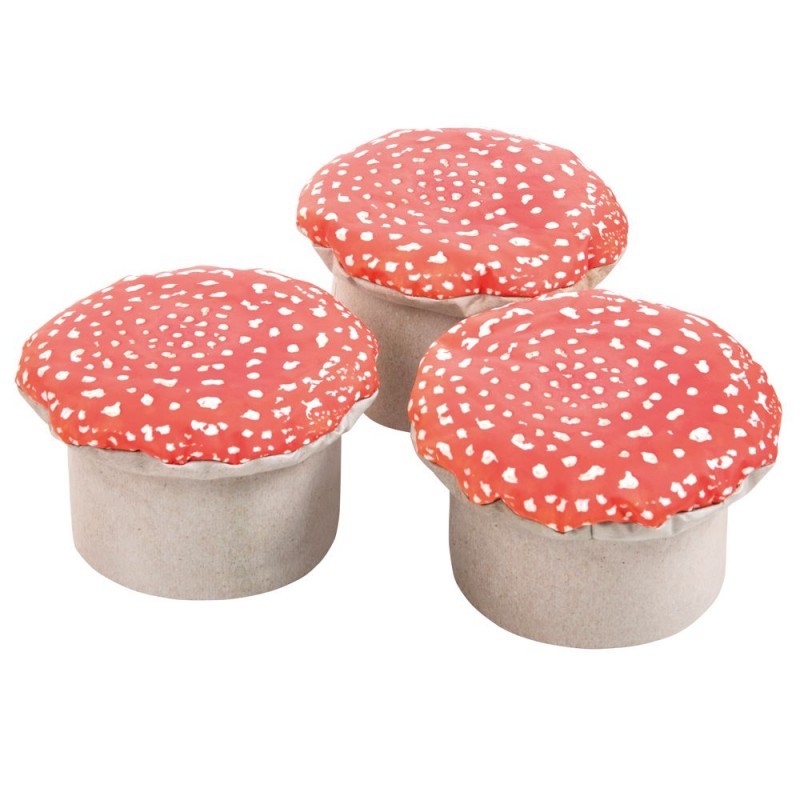 |
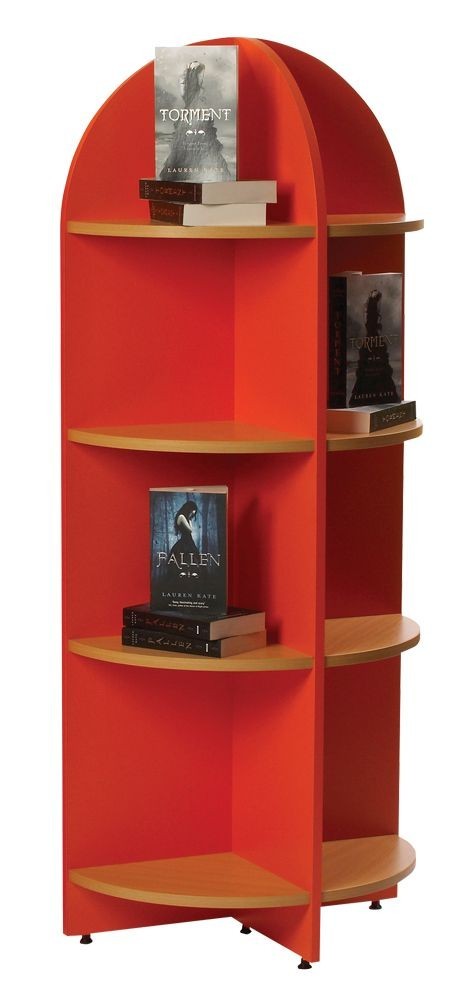 |
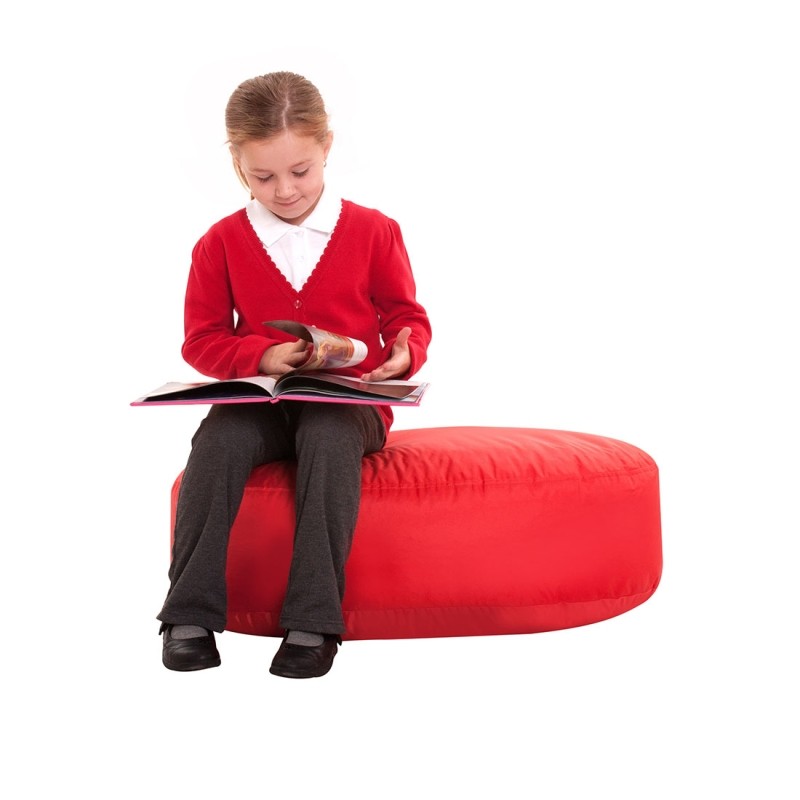 |
Rainbow and UV
Playful and vibrant, rainbow palettes can encourage imagination, positivity and playfulness. Adding rainbow tones through smaller accessories like cushions, mats, rugs and shelving can completely transform the feel of a classroom, library or reading corner, making it welcoming and fun. UV (ultraviolet) items provide sensory stimulation to inspire visual input and development, especially when paired with mood lighting. A popular choice for SEN schools, UV accessories can improve participation, concentration and focus.
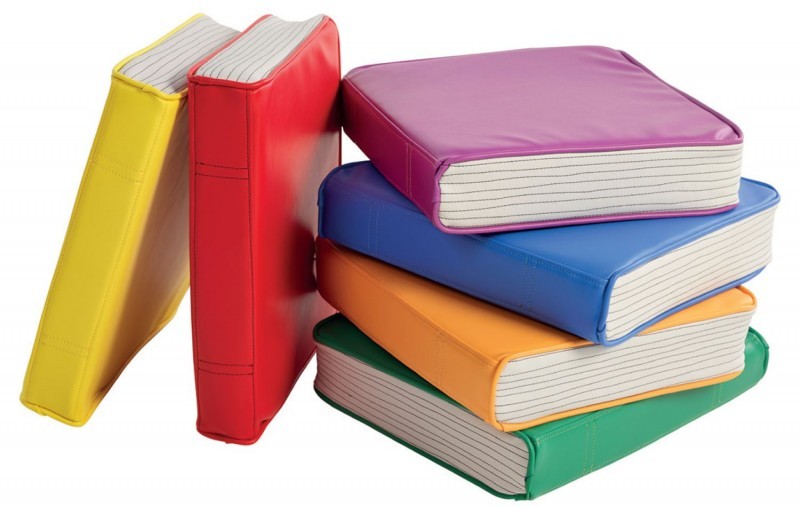 |
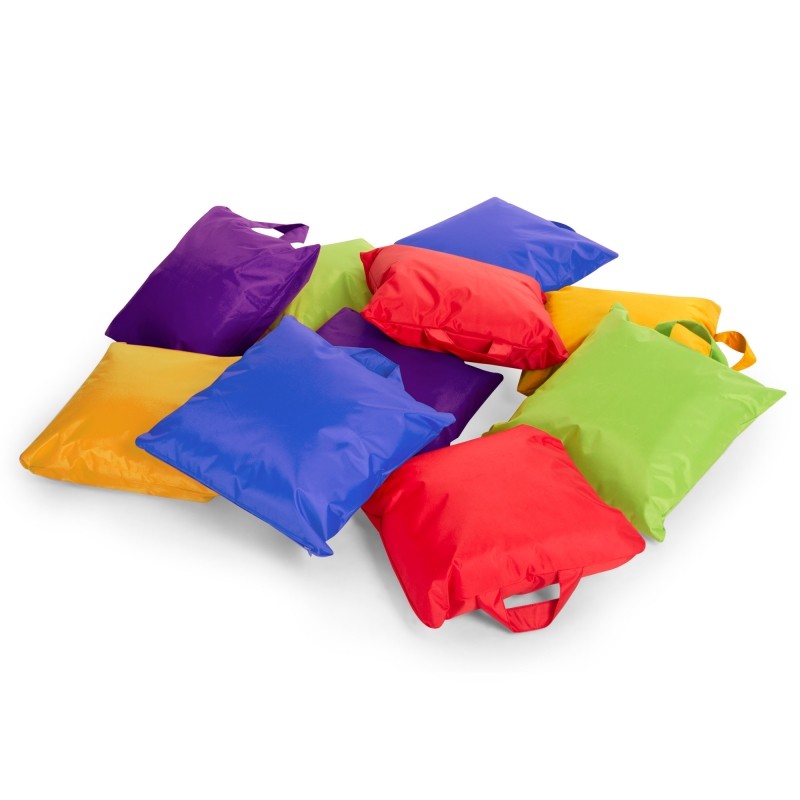 |
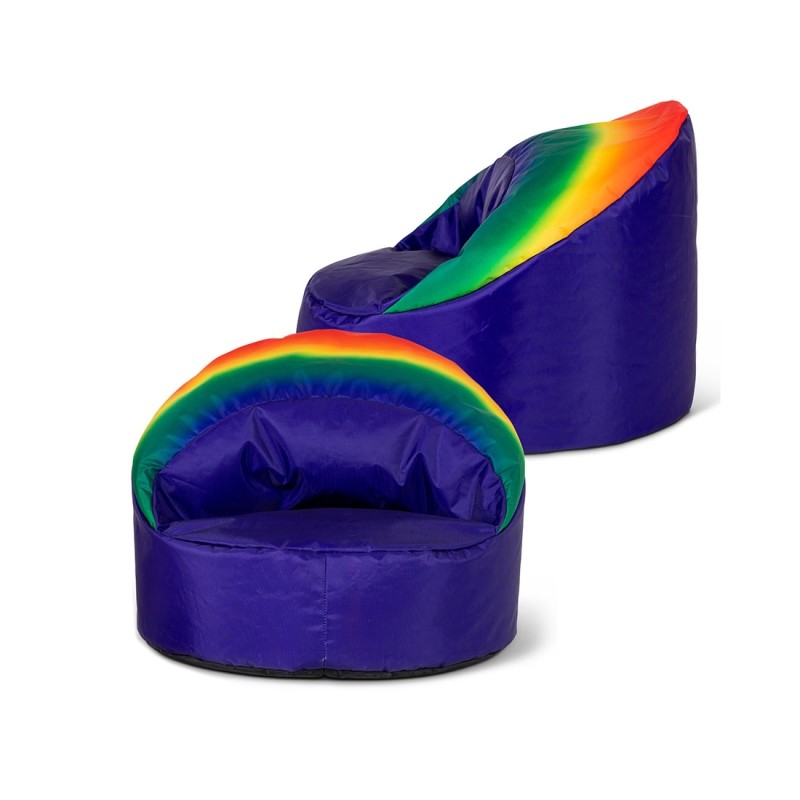 |
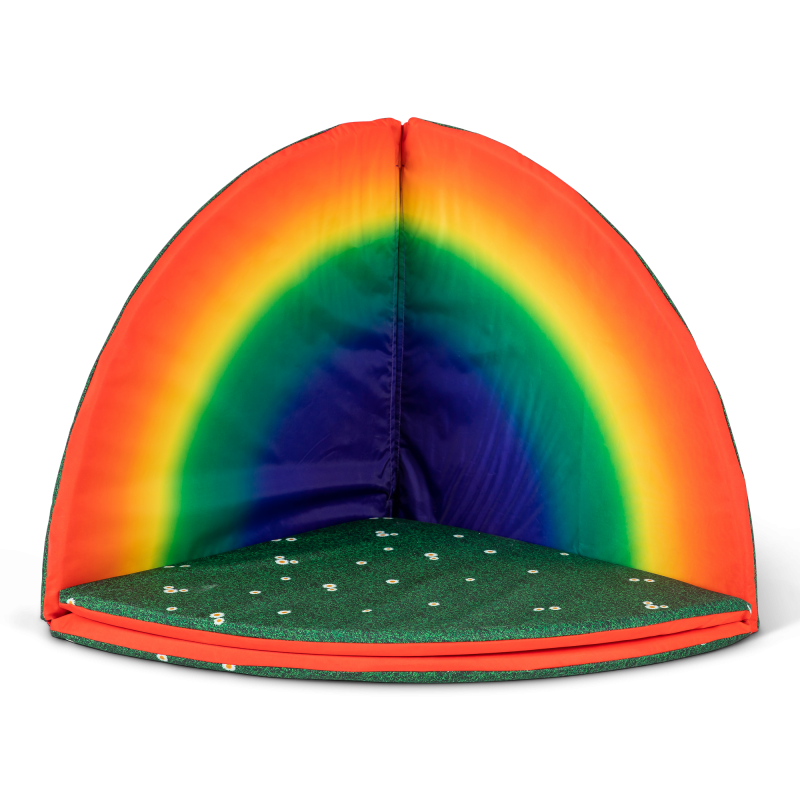 |
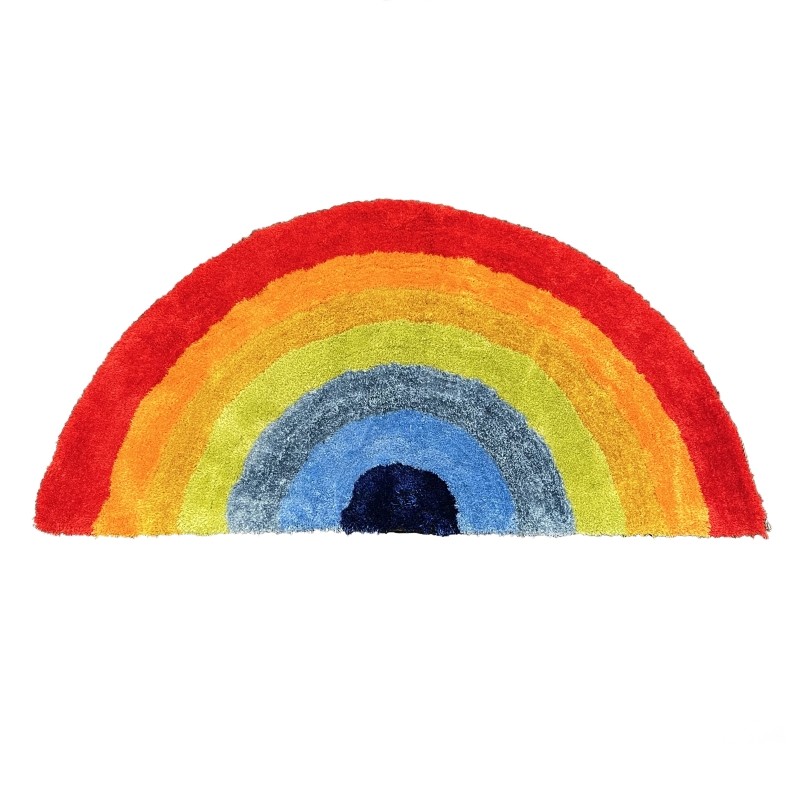 |
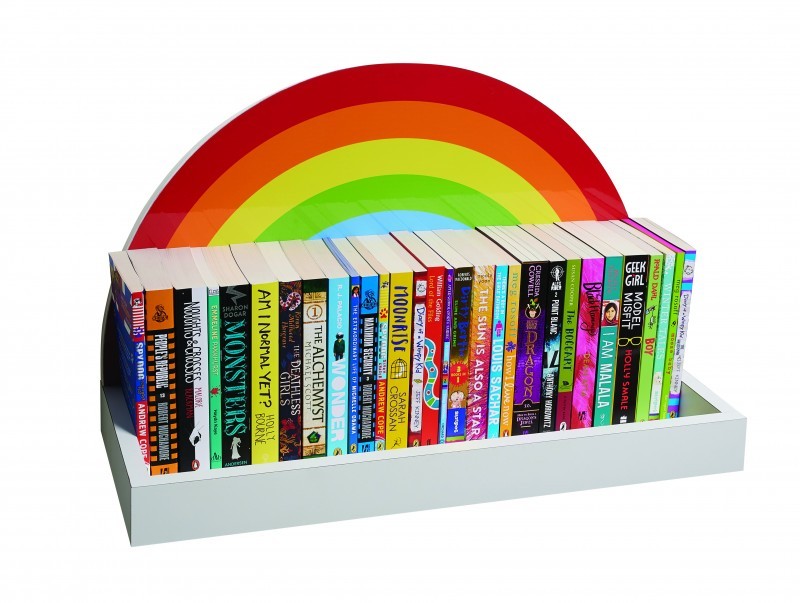 |
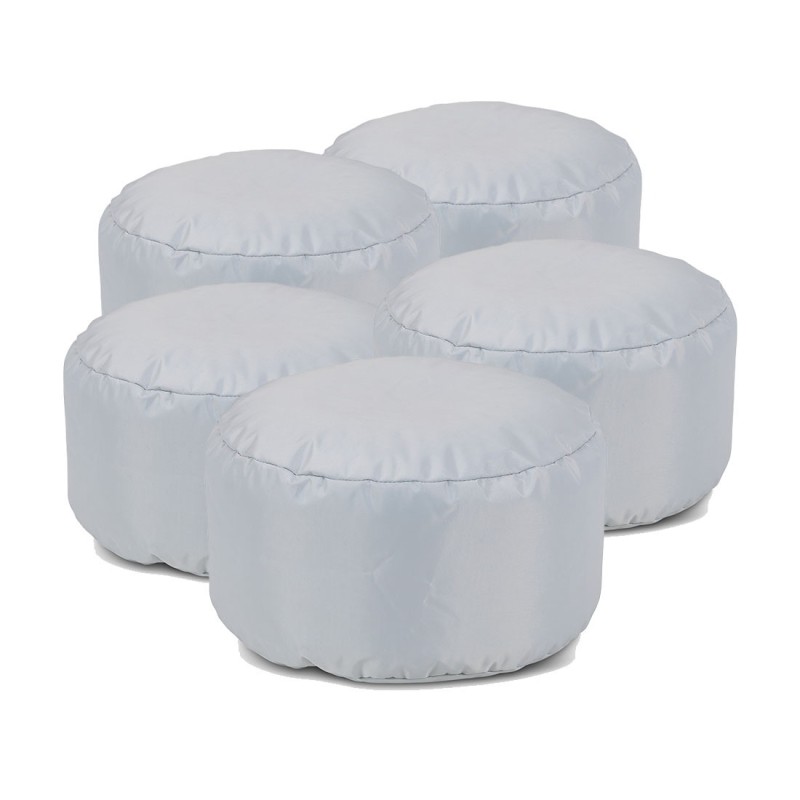 |

